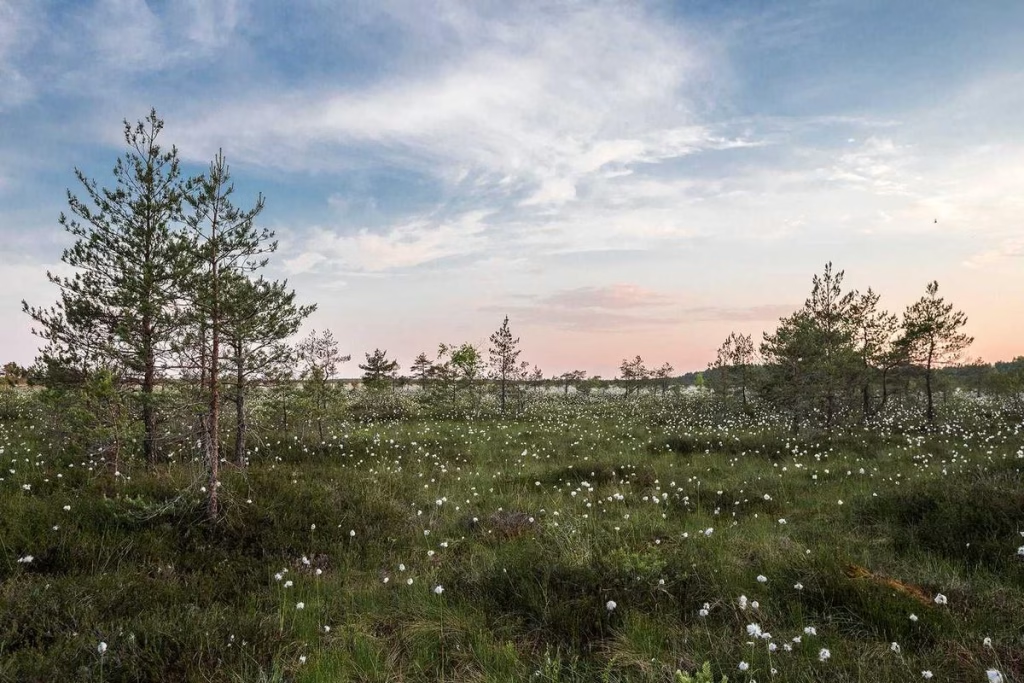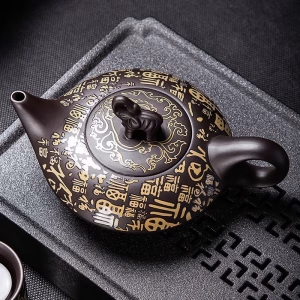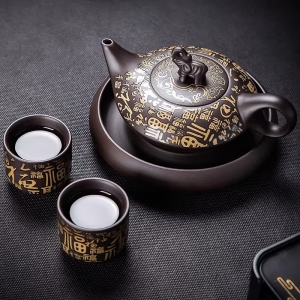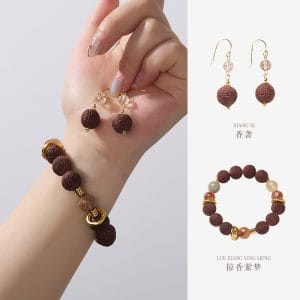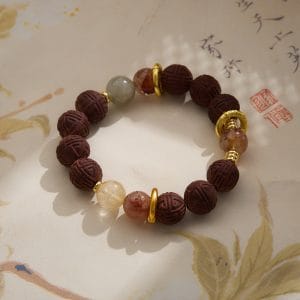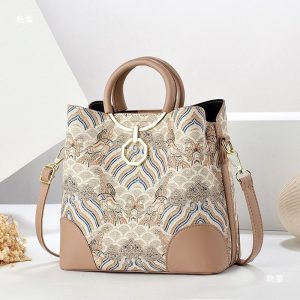Background
In an era dominated by synthetic dyes and mass production, plant-dyed textiles stand as a testament to humanity’s enduring connection with nature. This ancient practice, which dates back thousands of years, involves extracting pigments from roots, leaves, flowers, and barks to color fabrics. Unlike their chemical counterparts, plant dyes offer a subtle, living quality to textiles—each hue whispering stories of earth, season, and craftsmanship. As consumers increasingly seek sustainability and authenticity, plant-dyed fabrics are experiencing a renaissance, blending ecological mindfulness with aesthetic beauty.

Why It Matters
The process of creating plant-dyed textiles is both an art and a science, requiring patience, knowledge, and a deep respect for natural materials. Artisans typically begin by foraging or sourcing organic plant matter, such as indigo leaves for blue, madder root for red, or turmeric for yellow. The plants are then simmered to release their pigments, creating a dye bath into which fabrics—often natural fibers like cotton, silk, or wool—are immersed. Factors like pH, temperature, and mordants (substances that fix the dye) play crucial roles in determining the final color and its fastness. This hands-on approach results in variations that make each piece unique, celebrating imperfection as a hallmark of handmade artistry.
According to a recent study published in the Journal of Sustainable Textiles (2023), plant-dyed fabrics demonstrate significantly lower environmental impact compared to synthetic dyes, with reductions in water pollution and carbon emissions by up to 60%. The research, led by Dr. Elena Torres, analyzed lifecycle assessments of various dyeing methods and highlighted that plant-based dyes, when sourced responsibly, support biodiversity and reduce reliance on petroleum-based products. This scientific backing reinforces the growing movement toward eco-friendly fashion and textiles.
Beyond environmental benefits, plant-dyed textiles carry cultural and historical significance across civilizations. From the vibrant indigo traditions of Japan’s aizome to the rich cochineal reds of Peruvian textiles, these practices are intertwined with local heritage and identity. In many indigenous communities, dyeing techniques are passed down through generations, preserving knowledge of native plants and their uses. This cultural depth adds layers of meaning to the fabrics, transforming them into more than mere materials—they become carriers of history and human connection.
However, the revival of plant-dyeing is not without challenges. Scaling production to meet modern demand while maintaining ethical and sustainable standards requires innovation. Some critics point to issues like land use for dye crops and the variability of natural colors, which can be less consistent than synthetics. Yet, pioneers in the field are addressing these concerns through agroforestry integration, waste reduction techniques, and digital tools for color matching, proving that tradition and technology can coexist harmoniously.
For consumers, choosing plant-dyed textiles is a conscious step toward reducing fashion’s footprint. These fabrics often come with stories—of the dyer’s hands, the plants’ origins, and the slow, thoughtful process behind them. They encourage a shift away from fast fashion, promoting garments that are cherished and longer-lasting. The tactile experience of wearing plant-dyed clothing, with its soft, evolving colors that age gracefully, fosters a deeper appreciation for the items we own and the resources behind them.
Looking ahead, the future of plant-dyed textiles seems bright, fueled by a collective desire for sustainability and beauty. As more designers, brands, and artisans embrace these methods, we may see a broader palette of innovative techniques, such as using food waste for dyes or bioengineering plants for enhanced pigment yield. This evolution promises not only to reduce the fashion industry’s environmental impact but also to rekindle a sense of wonder for the natural world, one thread at a time.
You may also like
Aladdin’s Lamp Heat-Change Purple Clay Tea Pot
Original price was: $108.00.$78.00Current price is: $78.00. Add to cartHandwoven Zhuang Brocade Tote Bag – Large-Capacity Boho Shoulder Bag
Original price was: $178.00.$154.00Current price is: $154.00. Add to cartAncient Craftsmanship & ICH Herbal Beads Bracelet with Yellow Citrine & Silver Filigree Cloud-Patterned Luck-Boosting Beads
Original price was: $128.00.$89.00Current price is: $89.00. Add to cartBambooSoundBoost Portable Amplifier
Original price was: $96.00.$66.00Current price is: $66.00. Add to cartAncient Craft Herbal Scented Bead Bracelet with Gold Rutile Quartz, Paired with Sterling Silver (925) Hook Earrings
Original price was: $322.00.$198.00Current price is: $198.00. Add to cartGuangxi Zhuang Brocade Handmade Tote – Ethnic Boho Large-Capacity Shoulder Bag
Original price was: $172.00.$150.00Current price is: $150.00. Add to cart

